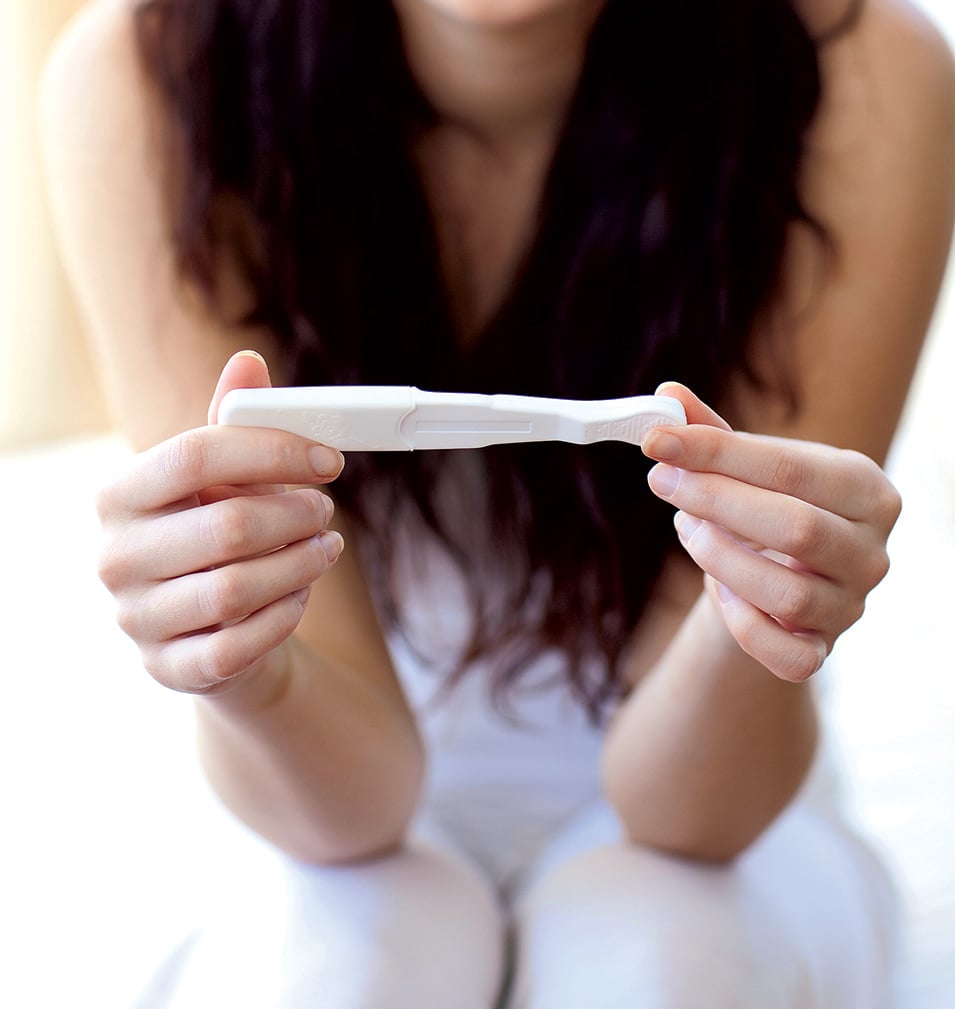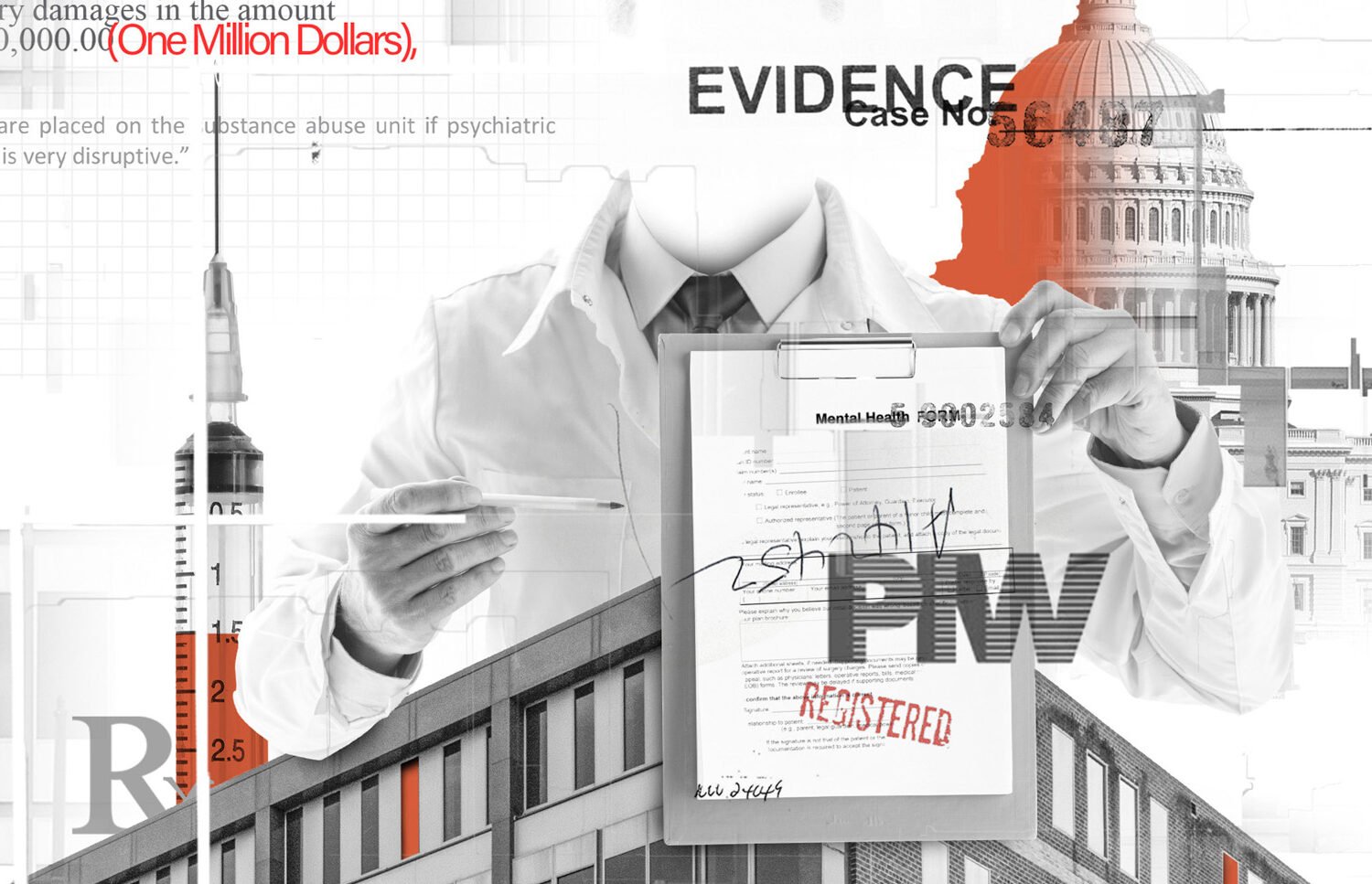Fertility procedures have come a long way in the 37 years since Louise Brown, the first test-tube baby, was born. According to the Centers for Disease Control and Prevention, about 1 percent of babies born each year in the US are conceived through in vitro fertilization (IVF), a process in which an egg is fertilized outside the womb and then implanted.
Here are three of the most recent advancements in fertility treatments.
Egg Freezing Heats Up
The American Society for Reproductive Medicine removed the “experimental” label on egg freezing in 2012, thanks to the success of a rapid-freezing process known as vitrification. Before vitrification, there was a greater chance that the eggs—which are later thawed and used for in vitro—could be damaged by crystallization. Today there’s little to no damage to the eggs, and 80 to 90 percent survive. Egg freezing is a much more viable option, says Dr. Preston Sacks of Columbia Fertility Associates, which has offices in DC, Arlington, and Bethesda.
The past four years have seen a 50-percent increase in the number of women freezing their eggs at Shady Grove Fertility, the largest fertility program in the country, with more than a dozen area offices. Many are women in their early to mid-thirties not ready to have children or are younger women about to go through medical treatments that might cause sterility.
Most who freeze their eggs will never use them, says Dr. Michael DiMattina of Dominion Fertility, which has offices in Arlington, Fairfax, Bethesda, and DC. Instead, he says, “it’s a great insurance policy.” And an expensive one, with a starting price of about $10,000. Many women do two or three cycles to retrieve enough eggs. Cost aside, it gives patients peace of mind knowing they don’t have to rush to get married.
Improvements in egg freezing have also led to the creation of donor-egg depositories such as the Fairfax Egg Bank.
Better Genetic Screening
Most women undergoing fertility treatments are older, and the risk that a baby will be diagnosed with Down syndrome increases with the mother’s age. But pre-implantation genetic screening (PGS) has become a more reliable way to check viable embryos for the disorder.
Previously, doctors biopsied the embryo on the third day of gestation, when the error rate in the diagnosis could be as high as 20 percent. Now doctors wait until the fifth day, when the embryo has reached the blastocyst stage. With no damage to the embryo, PGS today has a 98-to-99-percent accuracy rate. Dr. Fady Sharara at the Virginia Center for Reproductive Medicine, in Reston, recommends PGS for women over age 35.
Similar to PGS, pre-implantation genetic diagnosis (PGD) allows women who have a family history of a genetic disease—such as cystic fibrosis, Tay-Sachs, Huntington’s, or sickle-cell anemia—to screen their embryos.
Fewer Twins and Triplets
“The greatest risk in any fertility treatment is not the treatment itself but carrying twins or triplets,” says Dr. Eric Levens of Shady Grove Fertility.
Carrying more than one baby can lead to premature births, birth defects, and risks to the mother’s health such as diabetes and preeclampsia.
With the change in screening techniques, more doctors are implanting a single healthy embryo instead of multiple eggs.
Sharara says that many of his patients, worried about the price of IVF—in Washington, one cycle costs $10,000 and up—would prefer to jump-start a family with a set of twins. Yet “two for the price of one,” he says, is a misguided notion. He tells patients: “You are here to have a baby. You are not here to get pregnant and miscarry.”
This article appears in our June 2015 issue of Washingtonian.


















